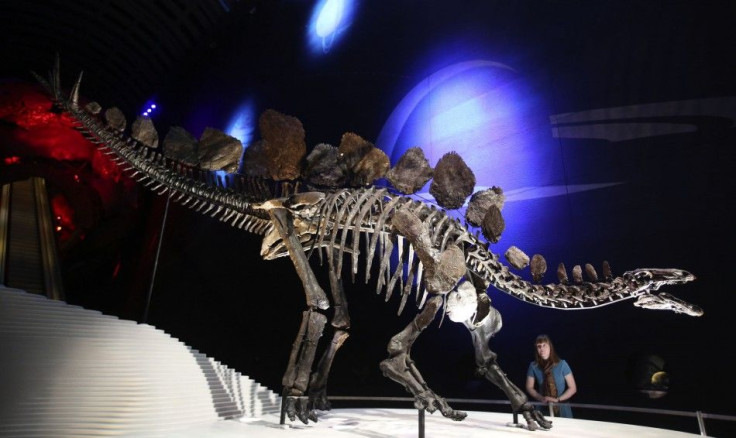100-Million-Year-Old Fossils Of Kronosaurus Queenslandicus Discovered By A Farmer In Australia

A Queensland farmer has accidentally found the fossilized lower jaw of an ancient massive marine predator -- Kronosaurus queenslandicus -- which is believed to have inhabited the inland sea water about 110 million years ago. Reportedly, the length of the mandible is about 1.6 metres.
Robert Hacon, a professional farmer, was toxication prickly acacia on his farm when he came across a shining object. At once he thought that it was just another fossil of mussel shells, however, his curiosity led him to the discovery of the huge specimen.
“I jumped out of my buggy and cast my eyes upon these enormous pieces of bone. I thought to myself ‘my gosh, what have I got!’ I grabbed a few pieces and raced home. I could not get there fast enough,” explained Hacon.
11 metre long Kronosaurus queenslandicus dominated the Australian inland sea water between 110 and 115 million years ago. It had head as that of a crocodile and curved tooth of the size of a banana. In addition, the huge creature has four flippers and jaws nearly double the power of a saltwater crocodile.
After the discovery, Hacon immediately contacted Dr Timothy Holland from the Kronosaurus Korner, a premiere marine fossil museum in Australia. While Holland was investigating the site, Hacon unearthed a few more more bones hidden in the ground.
“The mandible is just so robust, measuring 18cm deep in some places. The scary thing is that this creature wasn’t even an adult when it died. It still had a lot of growing to do. If that wasn’t frightening enough, there are large indentations on each side of the mandible to accommodate enormous overhanging teeth from the upper jaw. I doubt a lot of animals would have escaped the jaws of Kronosaurus once within biting distance,” explained Holland in the Kronosaurus Korner Press Release.
The remains of the Kronosaurus queenslandicus were first discovered and recorded in 1899, near the Queensland Hughenden town. However, the more compact structure of the massive predator resides in the Museum of Comparative Zoology, Harvard University.
To report a problem or to leave a feedback on the article, send an e-mail to emailtoguneet@gmail.com.





















